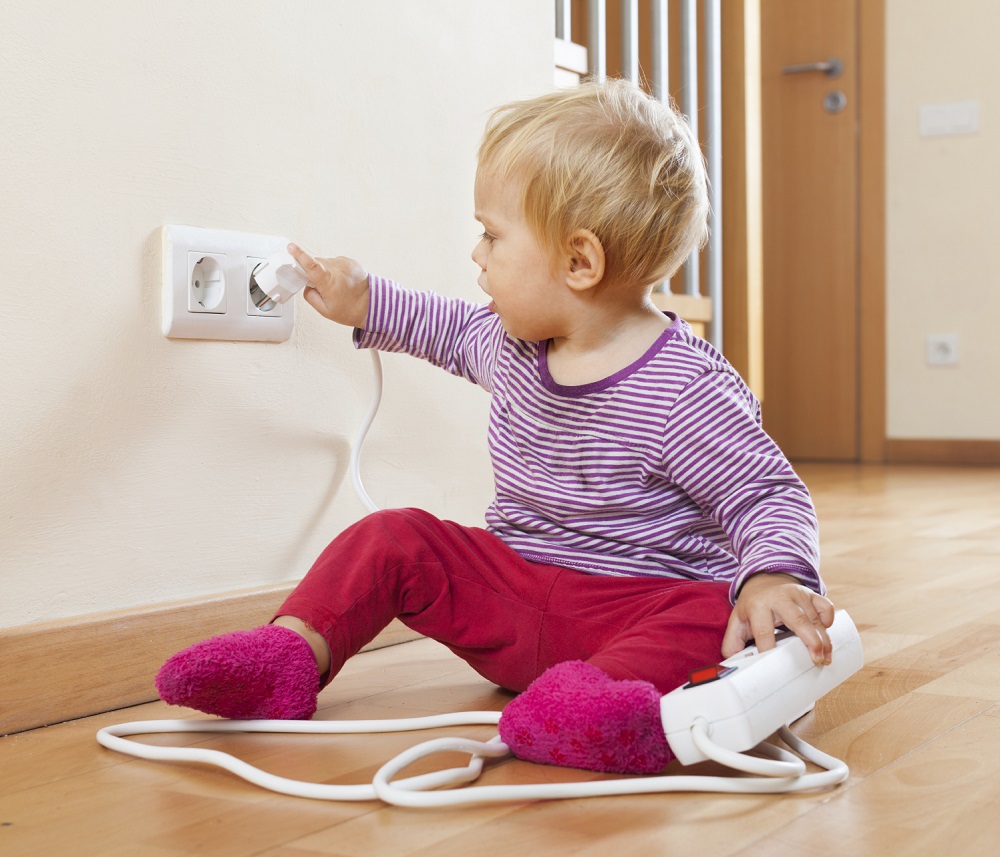Ensuring your home is safe for your baby is a crucial step in fostering a secure environment for their growth and exploration. As an experienced parenting expert, I’ve compiled a comprehensive guide to help you effectively baby-proof your house, drawing on recommendations from reputable government and pediatric organizations.
1. Secure Furniture and Appliances
Babies are naturally curious and may attempt to climb on furniture, posing a risk of tipping. Anchor heavy items like bookcases, dressers, and televisions to the wall using brackets or straps to prevent accidents. Additionally, ensure large appliances such as refrigerators and ovens are stable and cannot tip over.
2. Install Safety Gates
To prevent falls, especially near stairs, install safety gates at both the top and bottom. Use gates to block off rooms that are not baby-proofed, ensuring your child stays within safe areas.
3. Cover Electrical Outlets and Secure Cords
Protect your child from electrical hazards by covering all unused electrical sockets with outlet plugs. Keep cords out of your baby’s reach by tacking them up or moving furniture to hide them.
4. Lock Cabinets and Drawers
Install child-proof locks on cabinets and drawers, especially in the kitchen and bathroom. Store hazardous substances, sharp objects, and small items that can be swallowed out of reach.
5. Use Corner and Edge Protectors
Attach soft corner and edge protectors to furniture with sharp edges, such as coffee tables or fireplace hearths, to prevent injuries.
6. Secure Windows and Doors
Install window guards or locks to prevent windows from opening more than a few inches. Use door knob covers and door st … .
7. Maintain a Safe Sleep Environment
Ensure your baby sleeps safely by using a firm mattress and avoiding pillows, blankets, or stuffed … crib. Ensure the crib meets current safety standards.
8. Keep Small Items Out of Reach
Regularly check the floor for small … , such as coins, buttons, and small … . Be mindful of items that can easily pass through the center of a toilet paper roll, as they might cause choking.
9. Adjust Water Heater Temperature
Set your water heater to a maximum … 120°F (49°C) to prevent scalding … Always test bath water temperature before placing … .
10. Use Baby Monitors Wisely
Place baby monitors in the nursery to … , ensuring the monitor cords are out of … .
11. Be Cautious with Houseplants
Some houseplants can be toxic if ingested. Keep plants out of your baby’s reach to prevent potential poisoning.
12. Supervise Around Pets
Even familiar family pets can pose risks. Always supervise interactions between your baby and pets to prevent accidental harm.
By implementing these safety measures, you can create a secure environment that allows your baby to explore and grow safely. Regularly review and update your baby-proofing efforts as your child develops new skills and becomes more mobile.
Also Read: 20 famous poems for kids to recite
You May Like:
How tall will your children be when they will be adults?
How can you tell if your child is growing properly, and what can you do to encourage healthy growth? We’ve got information about the average male and female heights for children. Read More:
How Countries Are Tackling Children’s Screen Time: Guidelines, Stats, and Health Impacts


